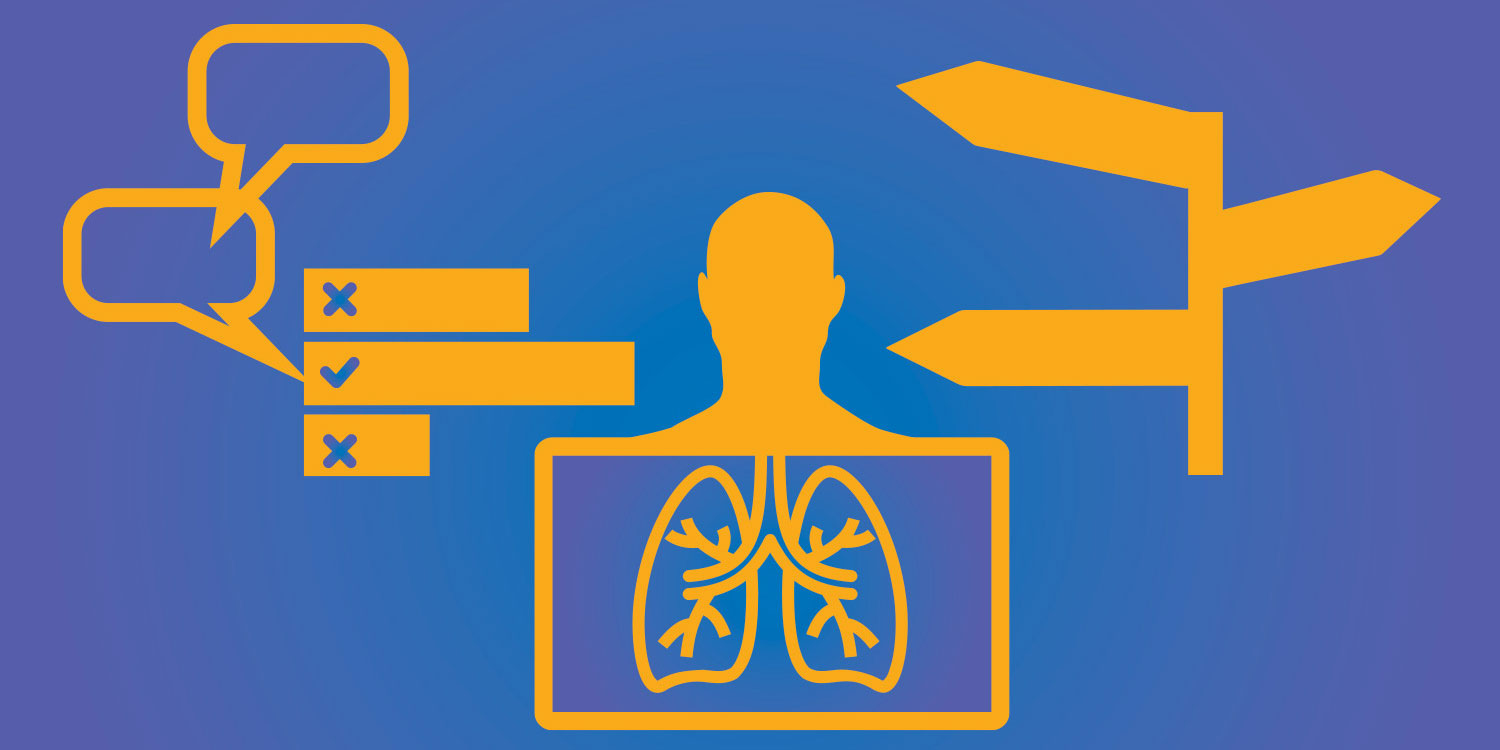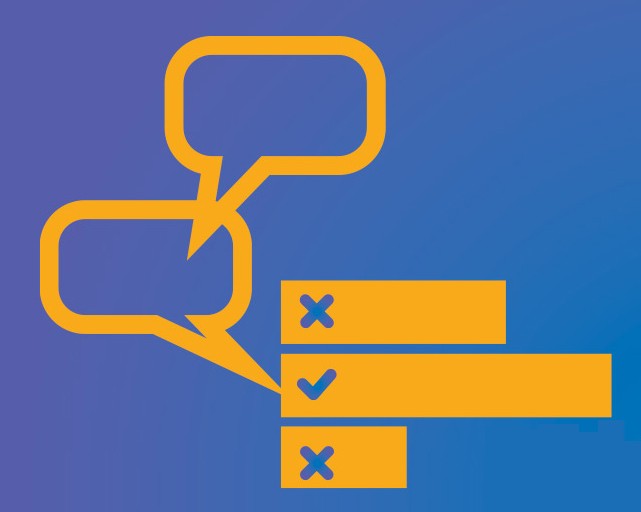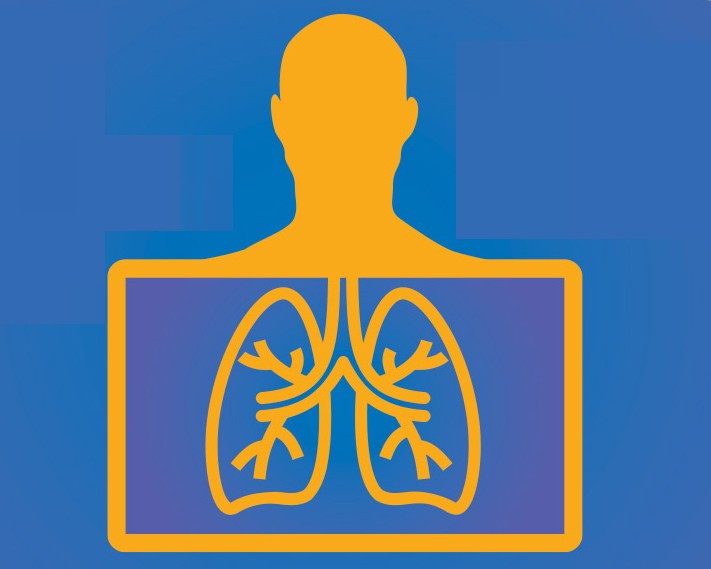Clinical Instructor Sheila Tucker had used the Canvas learning management system before the pandemic. But it was only after classes moved online that she realized that taking full advantage of the system’s learning tools and distinguishing features would help her and her students make smooth transitions from in-person to online learning.
In summer 2020, Tucker and Jacqueline Sly, assistant department chair and clinical instructor, cotaught a graduate-level class, Pharmacology and Nutrition, entirely online. They used Canvas to help teach, taking advantage of its “flipped learning” method, in which students do readings, view recorded lectures, and answer questions on their own before the material is covered in class.
“Students would take a quiz to show where the learning gaps were. Then we’d spend our class time teaching to the gaps and doing active learning activities and case studies to build their understanding to a higher level,” Tucker says.
Tucker and Sly made sure to break up video lectures into short segments. “We know that after about eight minutes of watching something, people need a mental break,” Tucker says. On the plus side, recorded lectures gave students an opportunity for easy review. “I had students who would download them and listen to them on their phones while they were running,” said Tucker.
They also used two apps, Poll Everywhere and Kahoot!, to create game-like quizzes for students. As Tucker explains, “We wanted to keep students engaged while making sure they were learning.”






